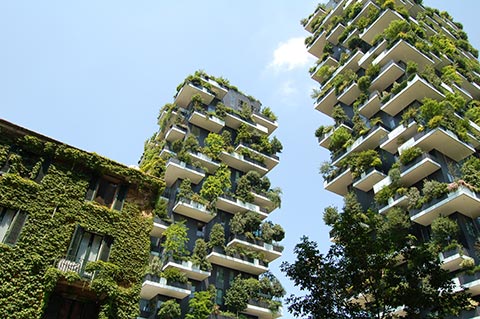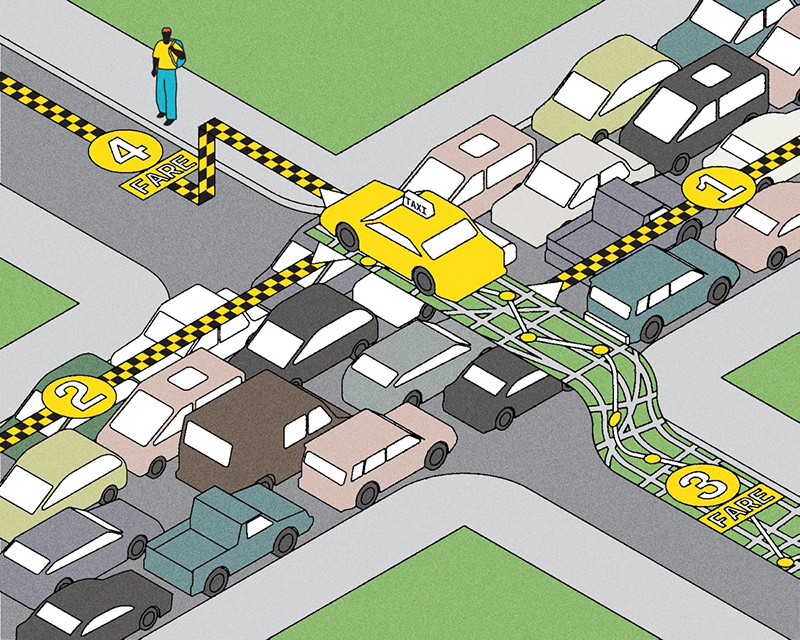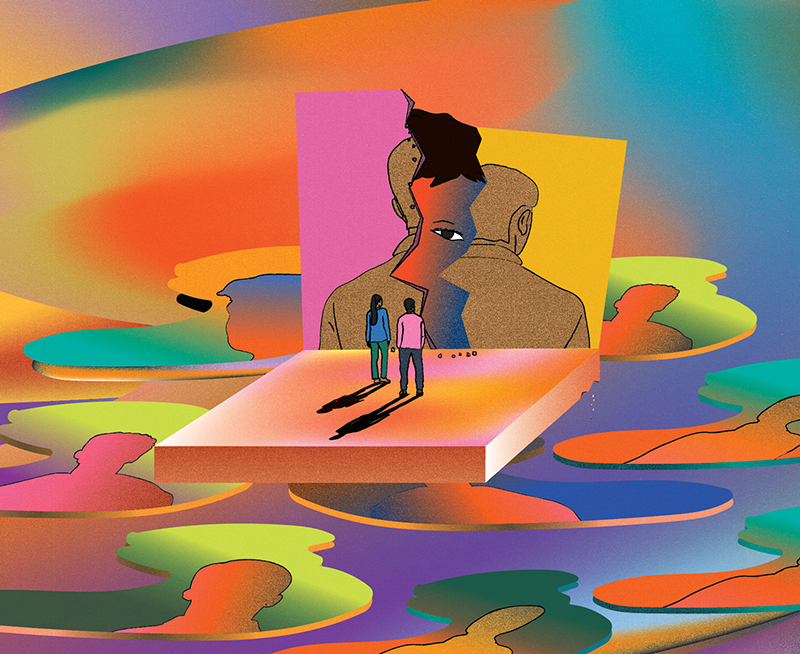Green roofs are one way to incorporate vegetation into a building’s design, but they suffer from a major drawback: you can’t see them from the street. So some architects, primarily in Europe and Asia, have started building towers with stronger balconies that support full-size trees and bushes, creating a kind of “vertical forest.”
Like green roofs, vertical forests help keep the building – and the city around them – cooler in summer. They improve urban biodiversity and look nice. Architects tend to like them because they open up new design possibilities, says Prof. Liat Margolis, director of the Green Roof Innovation Testing Laboratory at the Daniels Faculty of Architecture, Landscape, and Design. The challenge, she notes, is that reinforcing the balconies boosts construction costs and caring for the vegetation adds to the maintenance bill. So an important question for cities considering them is whether the environmental and aesthetic benefits justify these extra costs, she says.
And while vertical forests work well in semi-arid or tropical climates, they may not withstand Canada’s more extreme weather. “You’d have to be careful with plant and soil selection,” she says.
Recent Posts
People Worry That AI Will Replace Workers. But It Could Make Some More Productive
These scholars say artificial intelligence could help reduce income inequality
A Sentinel for Global Health
AI is promising a better – and faster – way to monitor the world for emerging medical threats
The Age of Deception
AI is generating a disinformation arms race. The window to stop it may be closing




